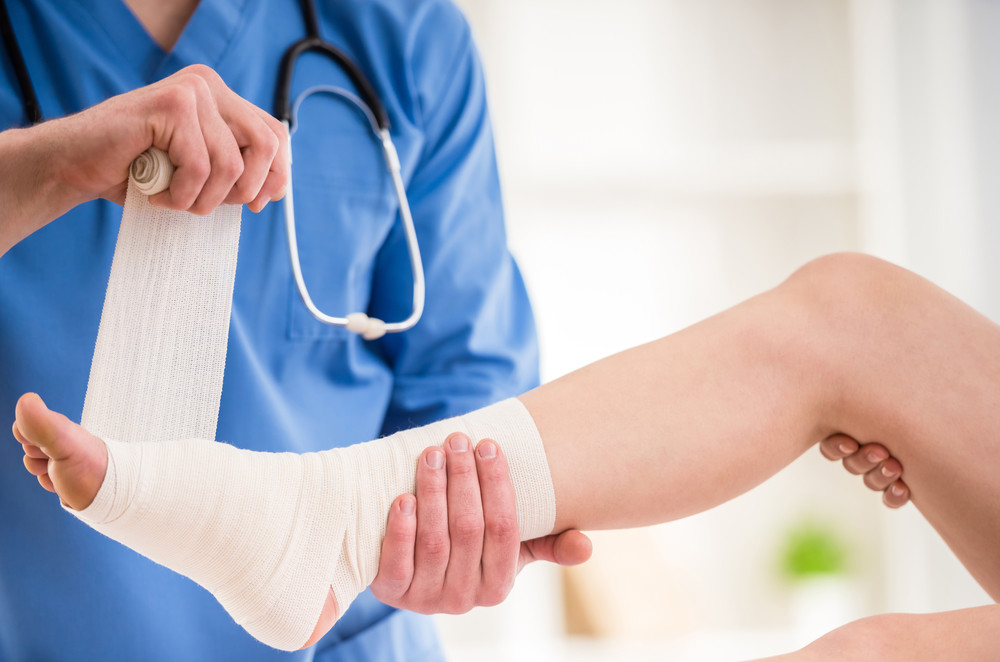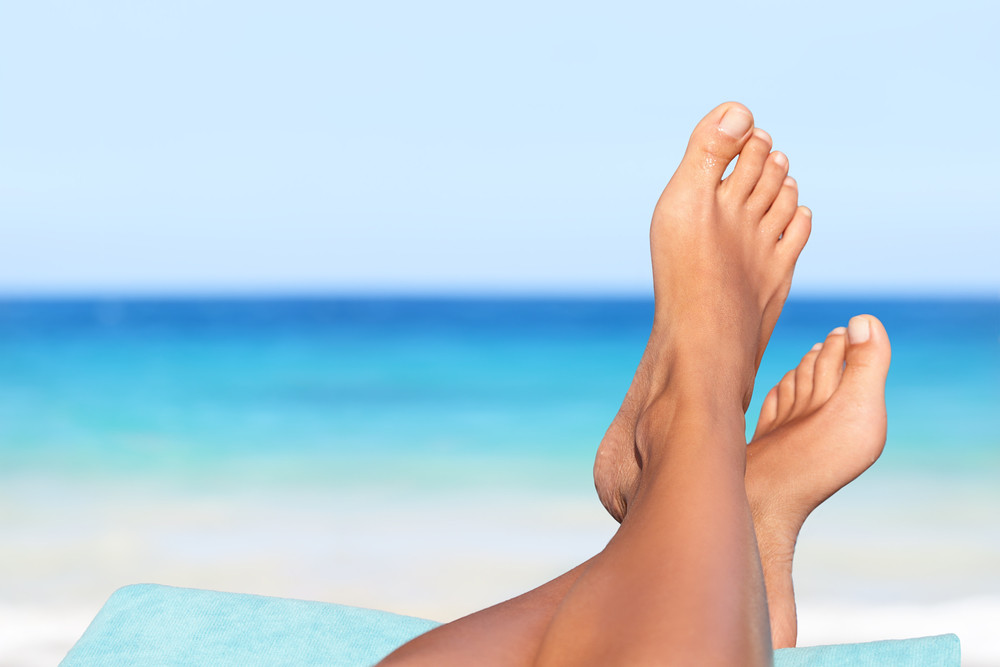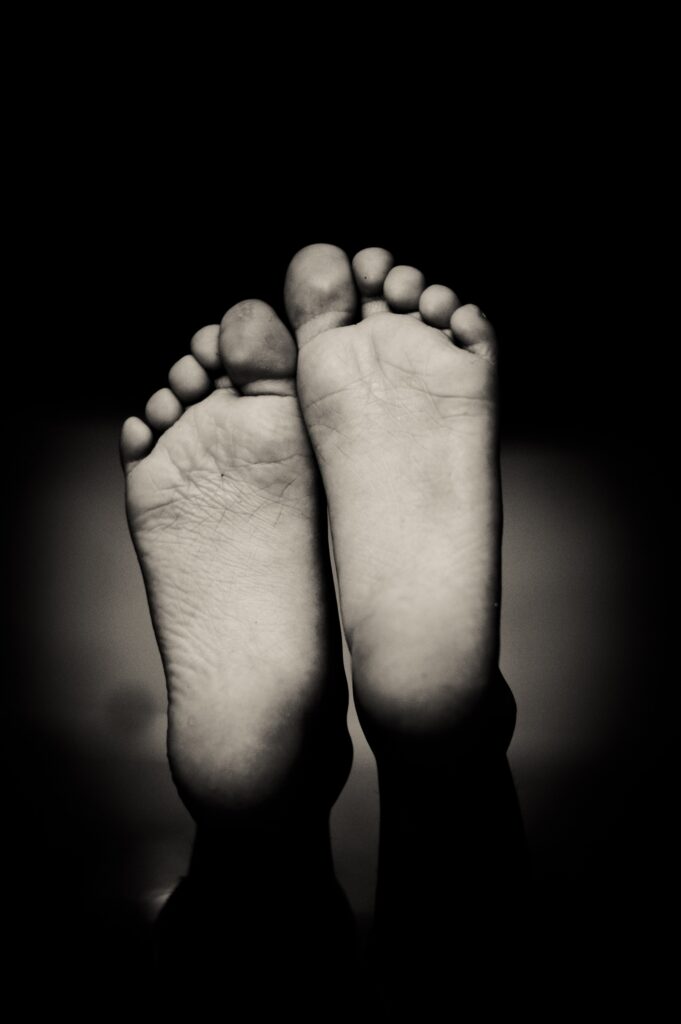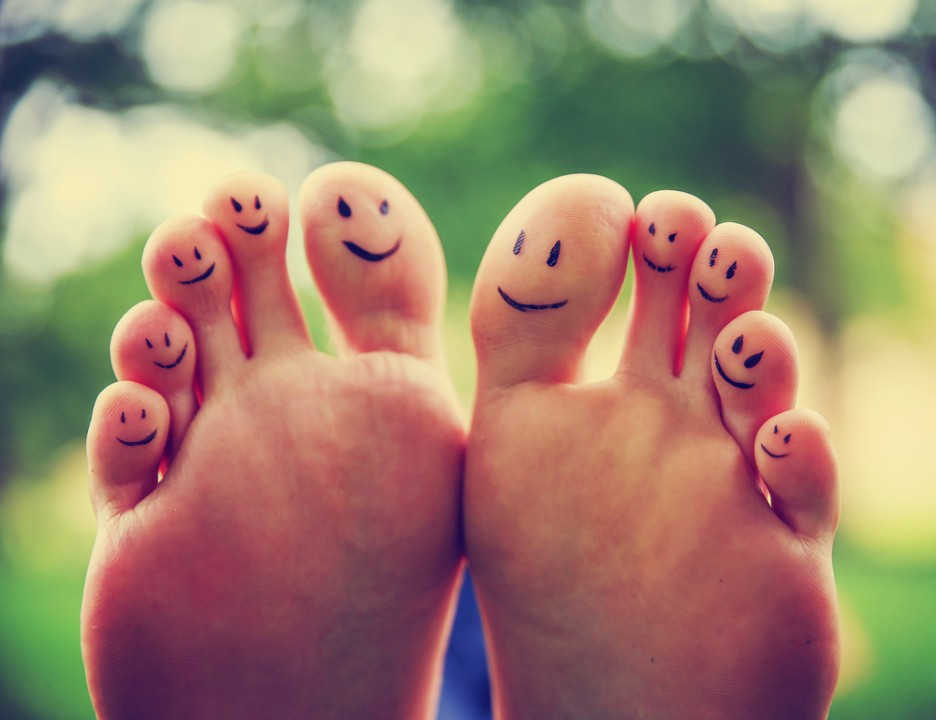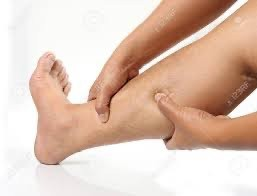Diabetic Peripheral Neuropathy
What is it?
Peripheral Neuropathy is a nerve condition that affects the arms, hands, legs, and feet. The most common form of peripheral neuropathy is due to diabetes. People with diabetes have an abnormal elevation of their glucose and lack adequate insulin to metabolize the glucose. As a consequence, blood glucose damages the nerve. This can occur in any type of diabetes. It doesn’t matter if the patient is on oral antidiabetic drugs, on insulin, or is diet controlled. The nerve damage that occurs is considered to be permanent.
As the nerve damage occurs, the protective sensations are affected. These include a person’s ability to determine the difference between sharp and dull, hot and cold, pressure differences, and vibration. These senses become dulled and/or altered. The process begins as a burning sensation within the toes and progresses up the foot in a very “stocking distribution.”
What are the symptoms?
As the condition progresses, the feet become numb. Some individuals can feel as if they have worn socks on their feet, (in reality they are not). Other patients can describe the sensation as “walking on cotton,” or a water-filled cushion. Some patients complain of their feet burning at night, causing troubled sleep. The feet may also feel like they are cold, however, to the touch, they have a normal skin temperature.
The progression of the condition can be slowed or halted by maintaining the blood glucose levels in the range of ~ 100mg/dl to 200mg/dl. As the patient develops diabetic neuropathy, they are at a higher risk of developing skin ulcerations and infections. Areas of corns and calluses on the feet represent areas of excessive friction or pressure. These areas, if not properly cared for by a foot specialist, can typically break down and cause ulcerations. Ulcerations and infections are usually formed under these calluses, and they get unnoticed, as they are not painful. Ingrown toenails can progress to severe infections in individuals with diabetic neuropathy.
Taking care of the foot at home
Simple things like trimming the toenails too close to the skin would be a huge risk to those patients with Diabetes. People with neuropathy must religiously inspect their feet daily. They should not soak their feet in the water of extreme temperature and use heating or ice pads on their feet. This can result in accidental burns to the skin. Barefoot walking should be avoided because of the risk of stepping on something sharp and not being aware of it. The inside of the shoes should be inspected before putting the shoes on to ensure that no foreign object is inside the shoe.
Treatment For Peripheral Neuropathy
Treatment for peripheral neuropathy is, for the most part, directed at the symptoms of the condition. vitamin supplementation may be helpful if the patient has vitamin deficiencies. Certain oral medications may ease the burning pain that can be prescribed by your doctor. Topical ointments should only be used with the advice of your doctor. Various therapies like Anodyne and Laser have helped the patients in managing pain and continue with their activities.


